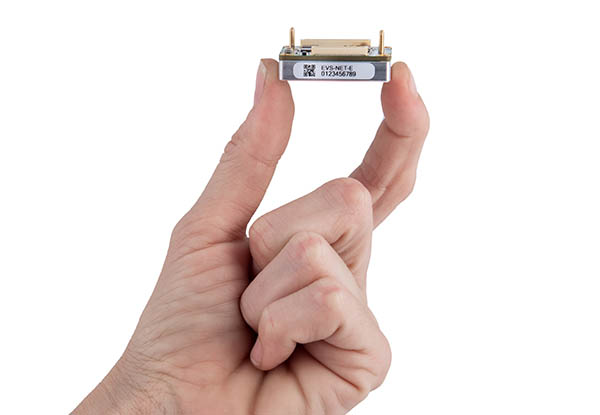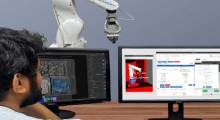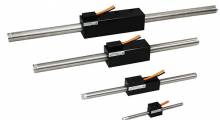Celera Motion yesterday announced what it claimed is “the world's smallest and fastest servo drive.” The Everest S, the latest addition to the Everest series, is about 30% smaller than its predecessor. The drive's EtherCAT and CANopen versions also deliver bus latency reduced to a single cycle, claimed Celera.
“We’re excited to introduce the Everest S to meet the growing demand for smaller, faster servo drives that provide more space for applications and even better performance,” stated Marc Vila, director of strategy and business development at Celera Motion. “Our goal is to give product designers as much freedom and flexibility as possible, and the Everest S delivers that and more.”
Bedford, Mass.-based Celera Motion provides motion-control components and subsystems for OEMs serving a variety of medical and advanced industrial markets. The company offers precision encoders, motors, and customized mechatronic systems. It is a unit of Novanta Inc., which has proprietary expertise in photonics, vision, and precision motion technologies.
Everest S surpasses prior drives
Celera Motion said the Everest S includes all the best features of other Everest servo drives — as well as Dual BiSS-C feedback support, a highly sought-after feature. And because it combines 16-bit differential current and four configurable ranges, Everest S delivers high resolution and is suitable for nearly any application, said the company.
The Everest S offers several advantages, according to Celera Motion, including:
- Best-in-class motion-control performance, efficiency, and integration capabilities
- An optimized hardware architecture that allows for high-speed communication protocols with minimum latency
- A current loop running at 50 kHz and a velocity loop at 25 kHz, guaranteeing optimal performance for motors
- An ultra-compact design with an extremely low profile and a lightweight design
- Multiple integration options and superior power management
- The latest motion-control software with a user-friendly configuration wizard and diagnostics.
High-speed SPI bus communication is available for optimized EtherCAT/CANopen multi-axis architectures. Everest S also has been designed to meet industrial functional safety standards to ensure continuous safe operation, said Celera.
Celera Motion designs for multiple applications
The Everest S series is the latest version of Summit Servo Drives Series, said Celera Motion. Others include the Capitan Series and the Denali Series.
Designed with 3 kW of power and a starting weight of just 18 g, the Everest S is suitable for applications such as surgical robots, exoskeletons, Pan Tilt gimbals, collaborative robots, legged robots, and autonomous mobile robots (AMRs), Celera said.
Article topics
Email Sign Up
















